Little Black Mountain Arizona
Little Black Mountain is a little over a mile south of the Utah-Arizona border, almost directly south of the St. George Airport. Getting there can be a little tricky. We used Google Maps and ended up on a dirt road unfit for most vehicles. This route started on Rimrunner Drive in the Desert Canyons neighborhood. Another route starts at Southern Parkway (SR7) and East River Road. This route is a longer distance, but the road is in much better shape.
The site is well-marked. It has a large parking area, a covered picnic table, and a bathroom. The trails are well-marked and mostly flat. The glyphs are on large boulders that have fallen from the cliffs above, and most petroglyphs are on boulders next to the trail.
I have numbered some of the boulders to make it easier to tell which petroglyphs were on which boulder.
#2 There is a great bear(?) track at the top center of the boulder.
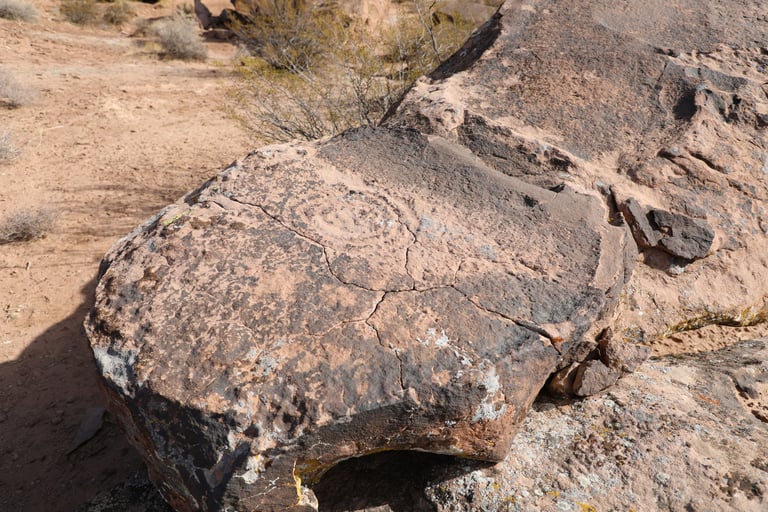

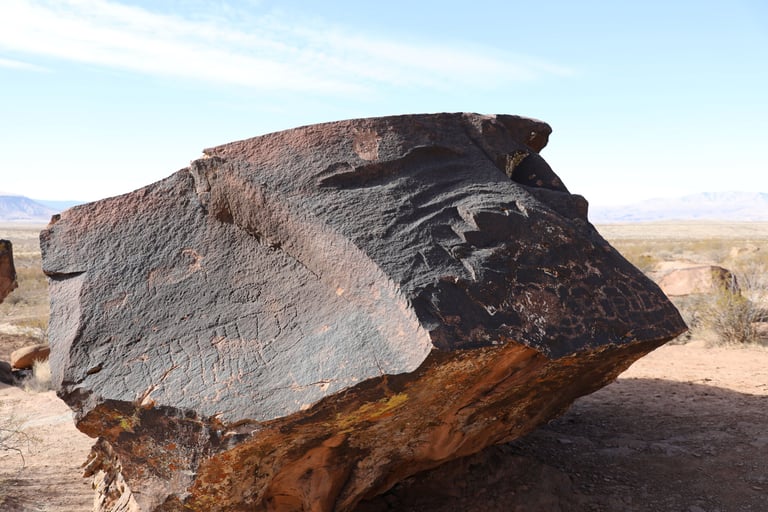

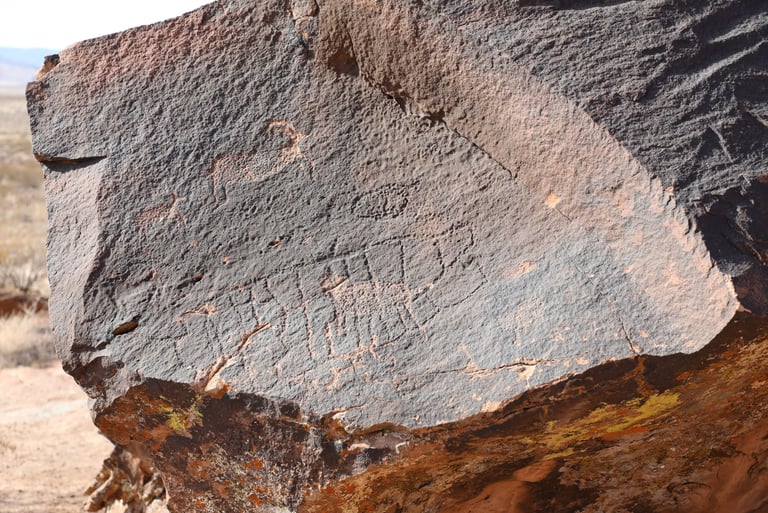

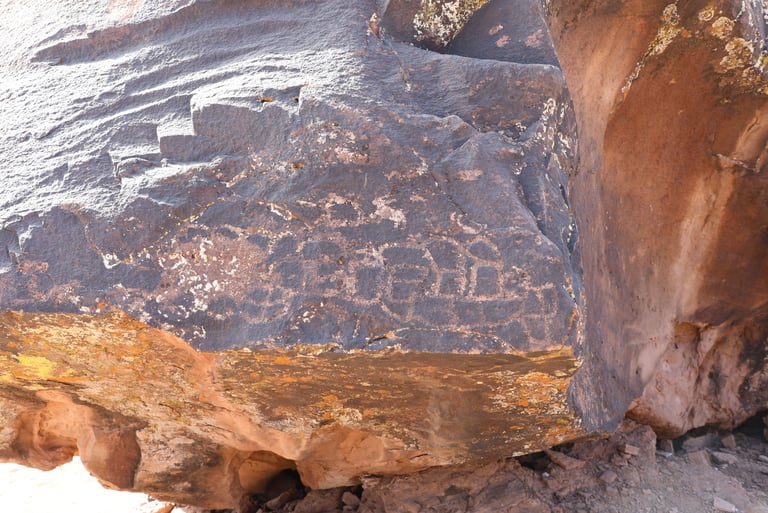

These three are close-ups of #2.
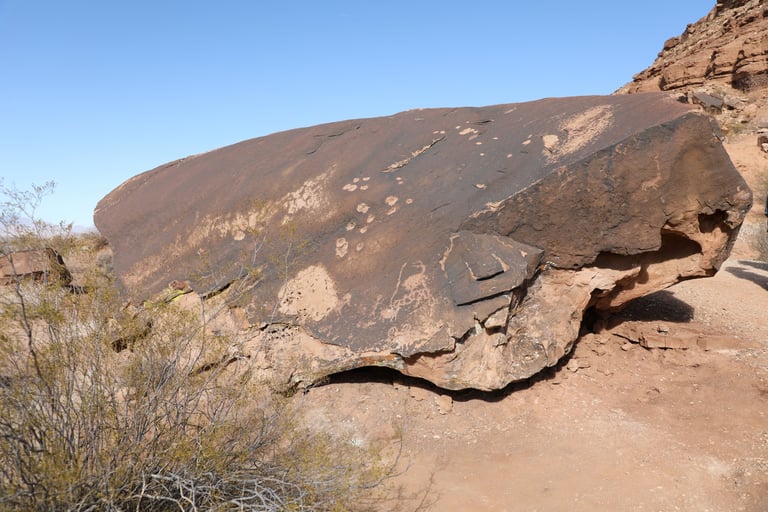

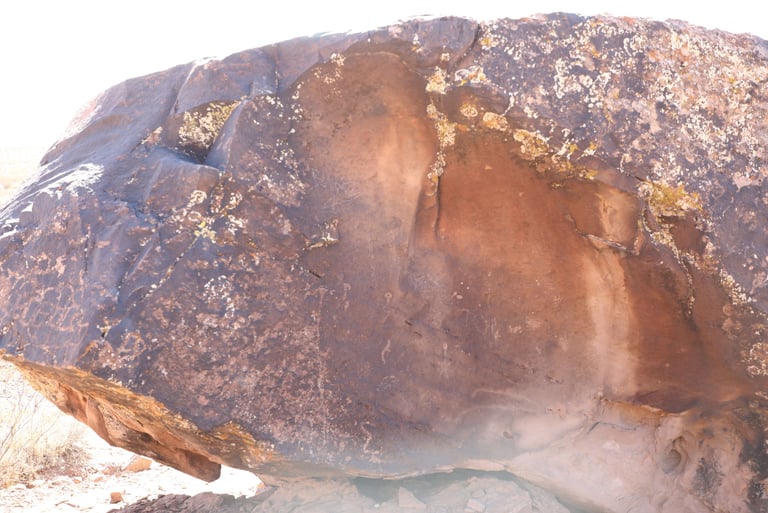

The back side of #2.
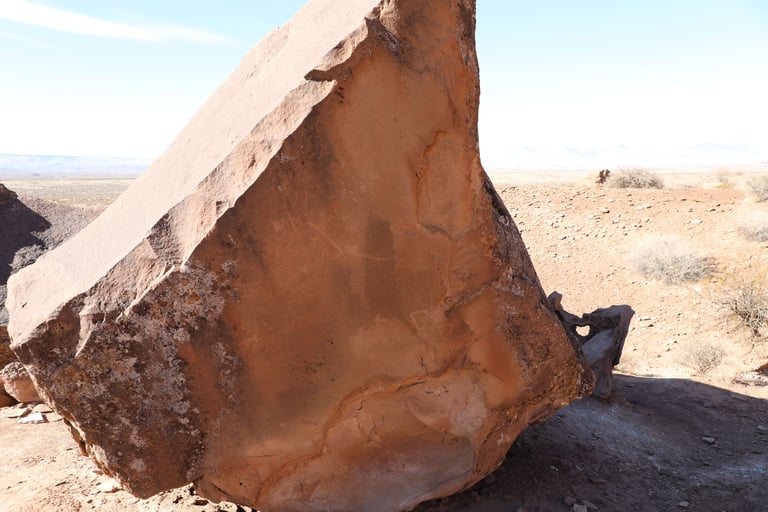

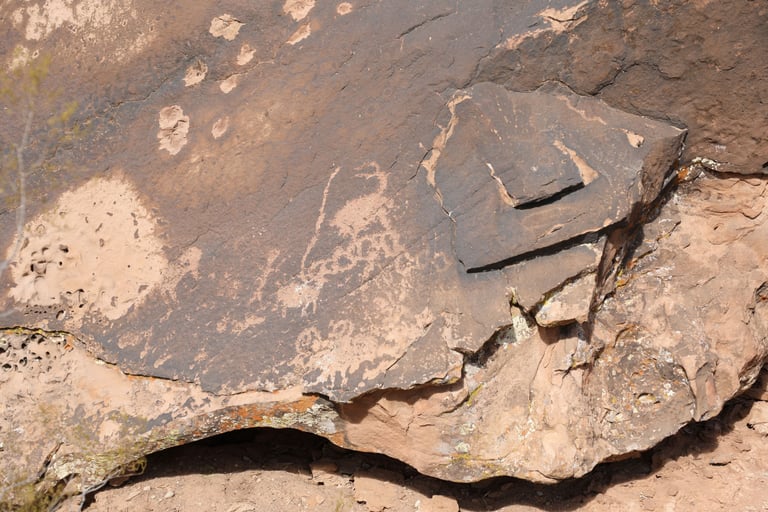

These glyphs are faint.
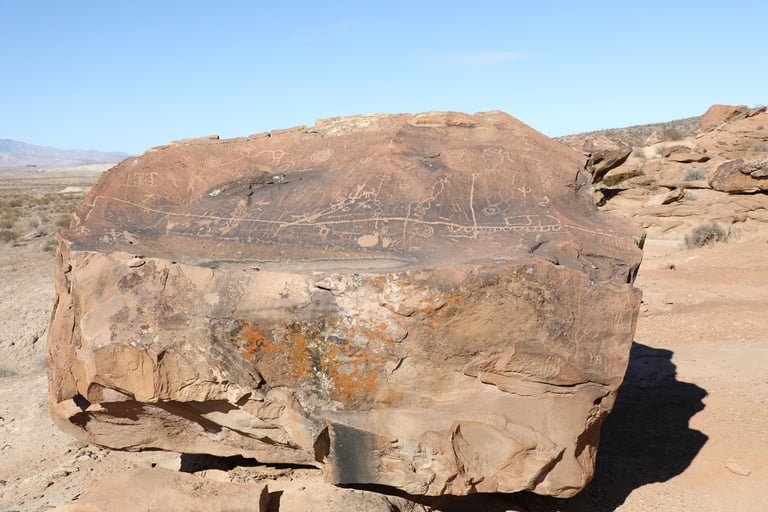

#4 The BLM has built a platform to stand on so one can see this boulder. Slifer p. 152.
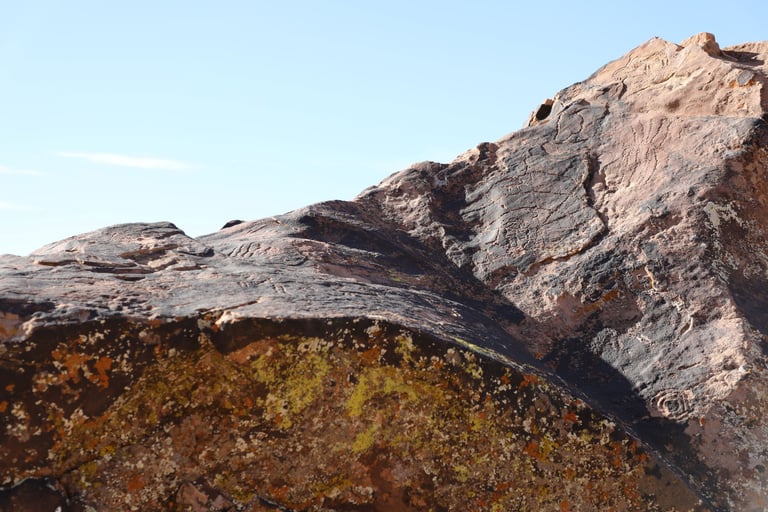

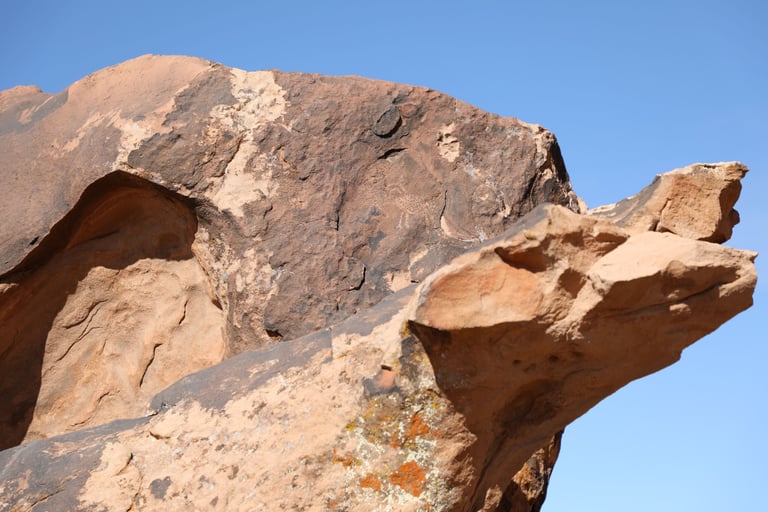

#4. Some of the glyphs are hard to see because I couldn't get any higher without climbing on the rock, which I would not do.
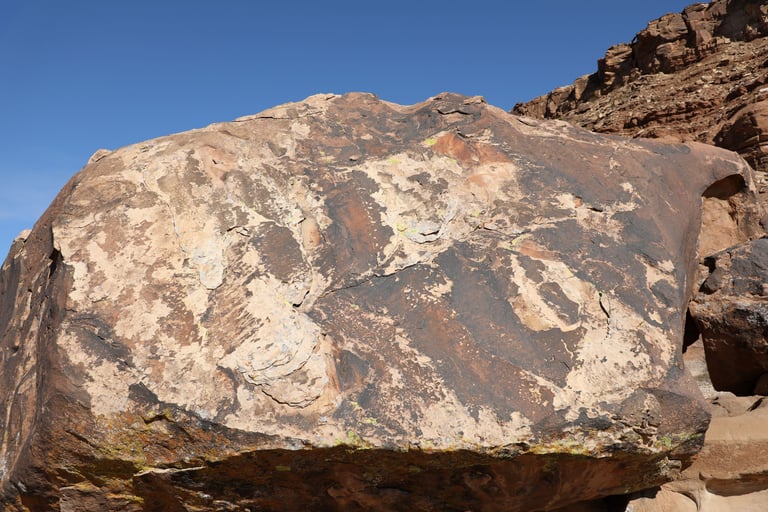

The backside of #4. The glyphs are near the top-center.
#4. There is a single sheep near the center of the frame.
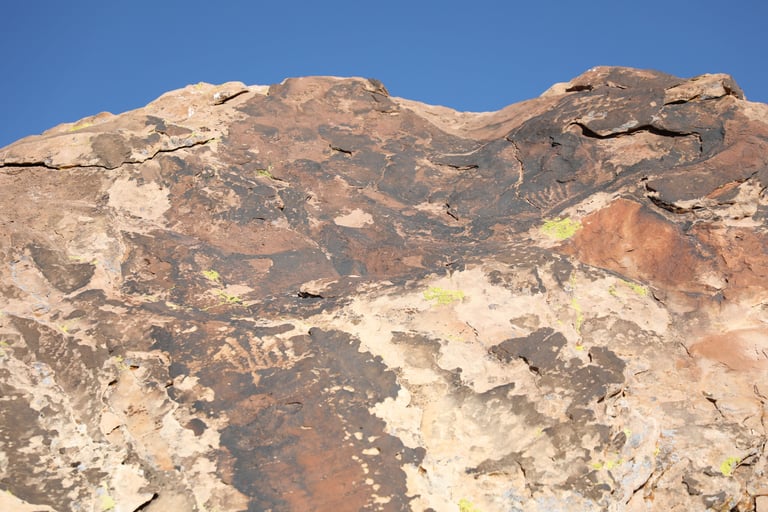

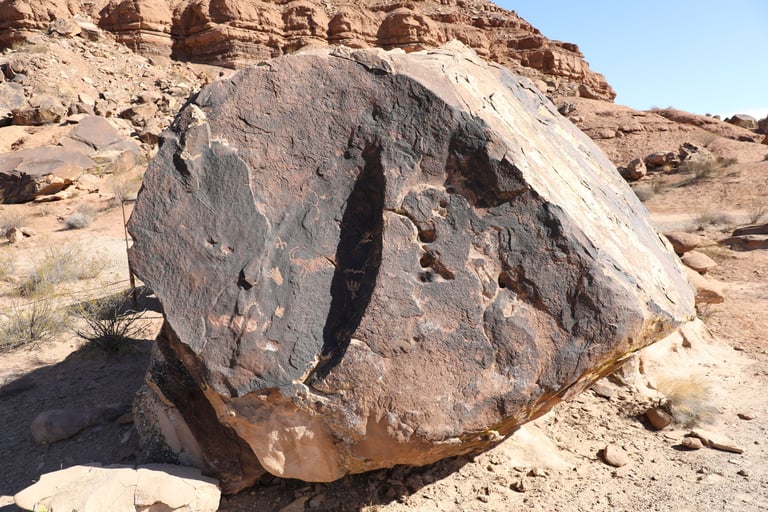

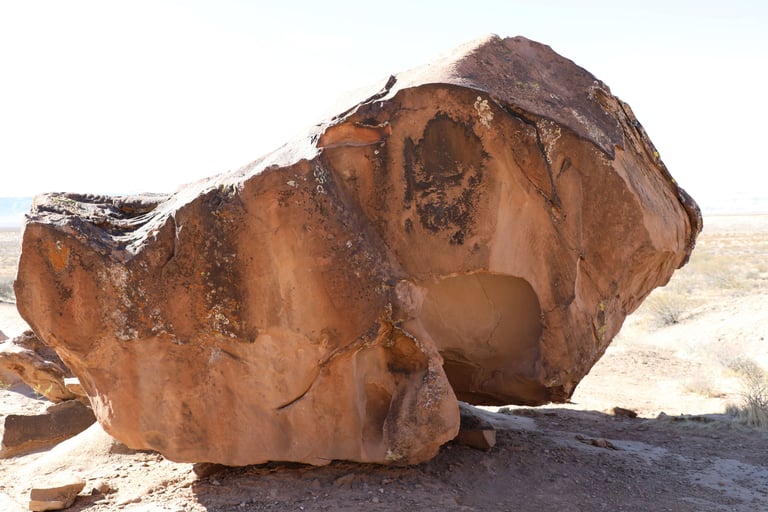

We found several bear tracks at this site.
The wavy lines on the left side are pretty easy to see, but there are more glyphs around the darkest spot near the top center and others between the wavy lines and the dark spot.
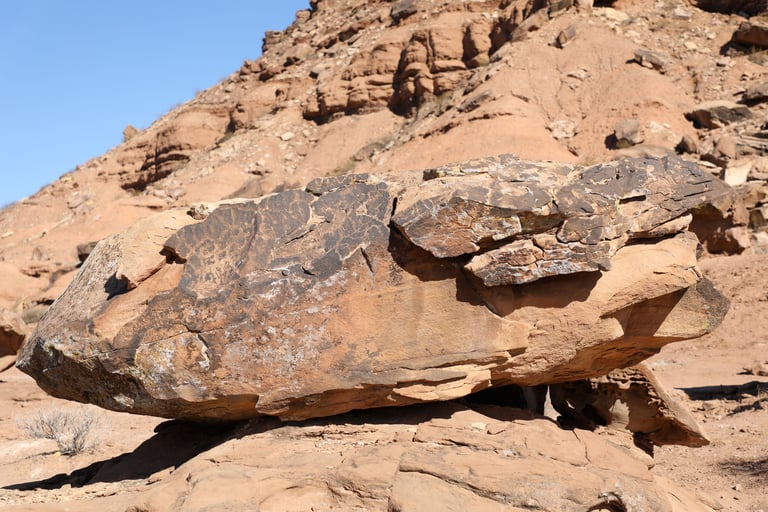

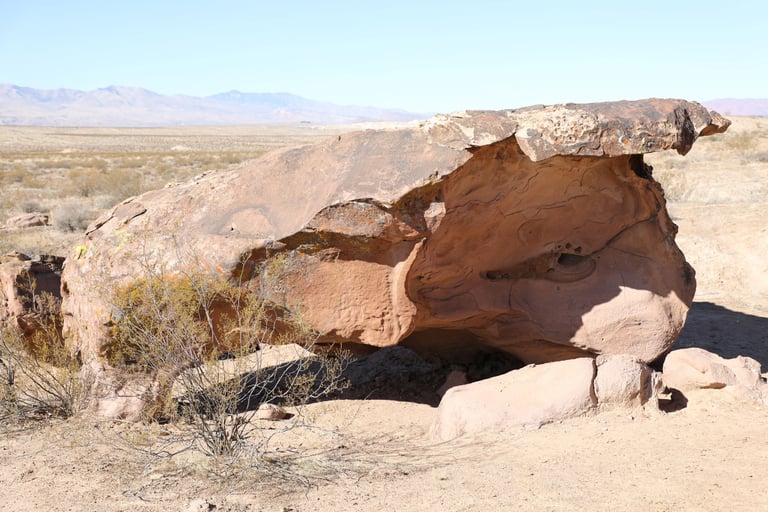

On the center of upper facing portion there are some faint wavy lines.
On the lighter surface in the center of the frame, there are some animals (?), but they are very difficult to see.
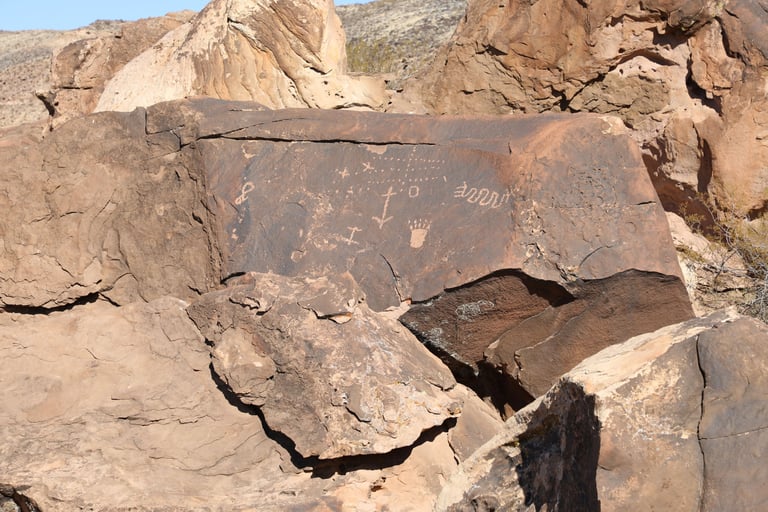

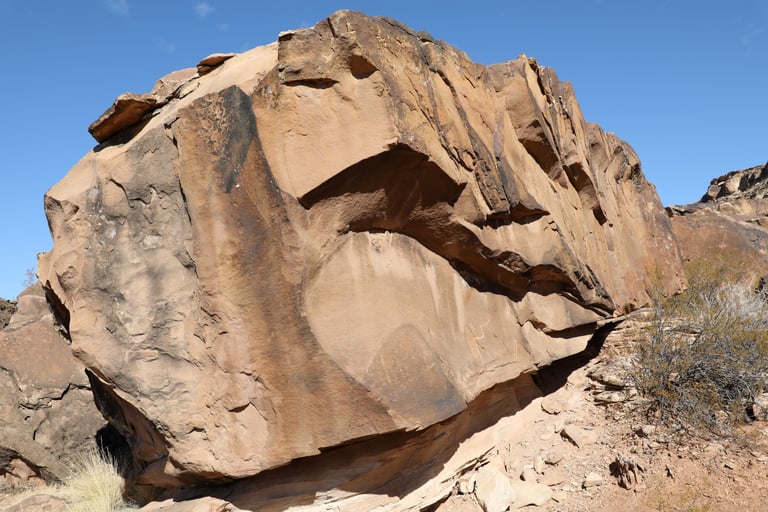

This is my favorite bear track. The artist was careful to show the pad of the foot, the toes, and the claws separately.
#10. There is a small star on the front surface.
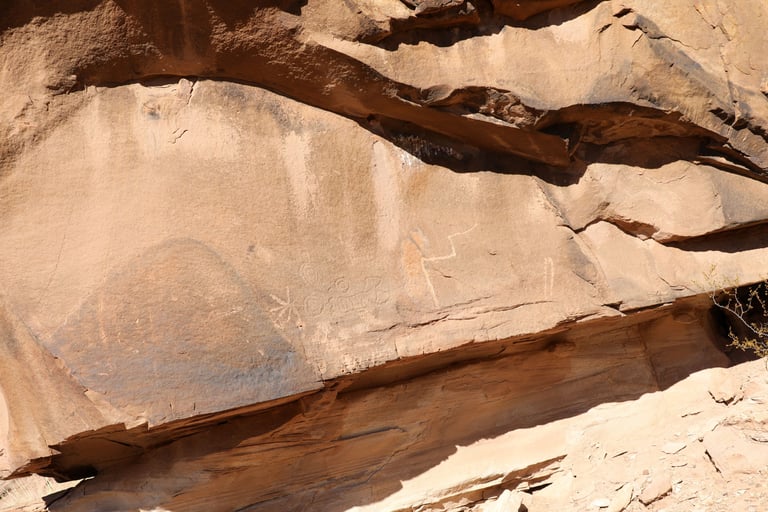

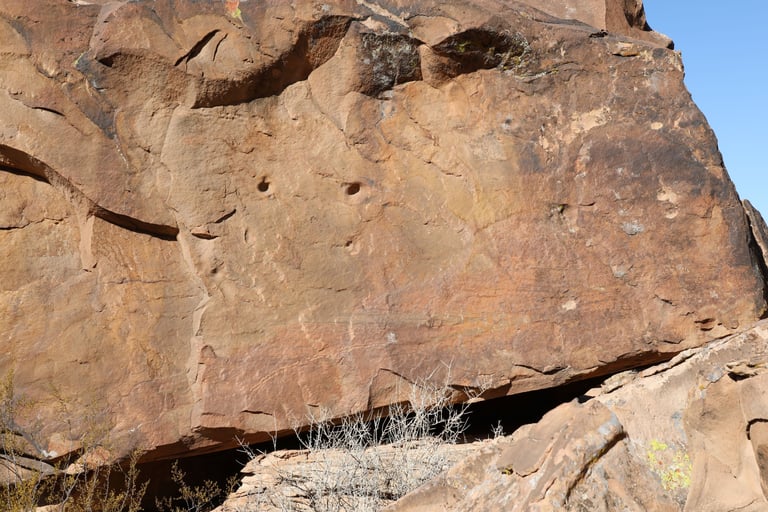

#10. Between the wavy line and the star are some much older glyphs.
#10. Above the shrub with no leaves are two parallel arcs.
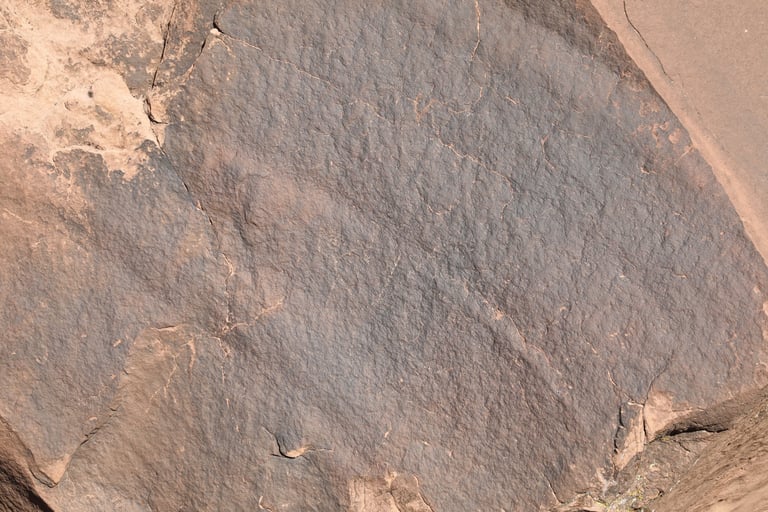

In the center, there is a faint stick figure.
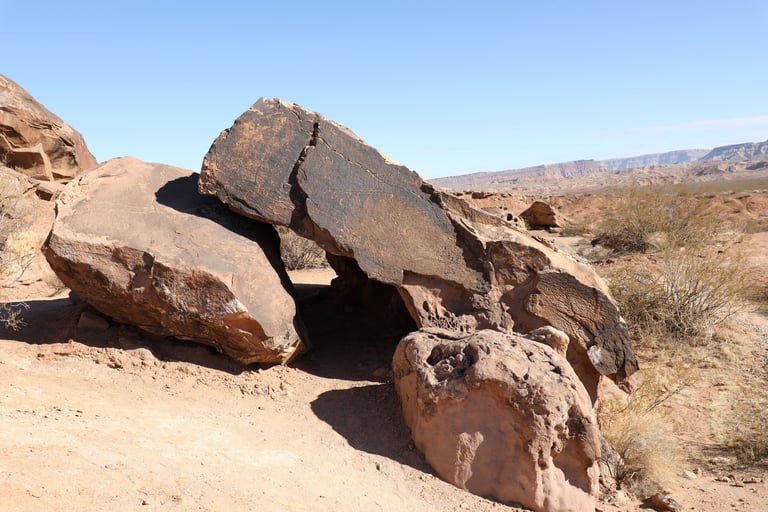

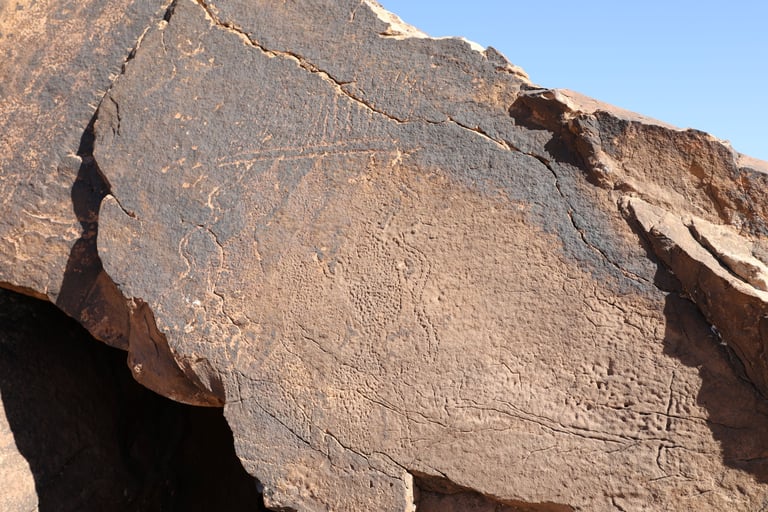

#12. I've stared at the glyphs between the wavy lines, and I still don't know what they could represent.
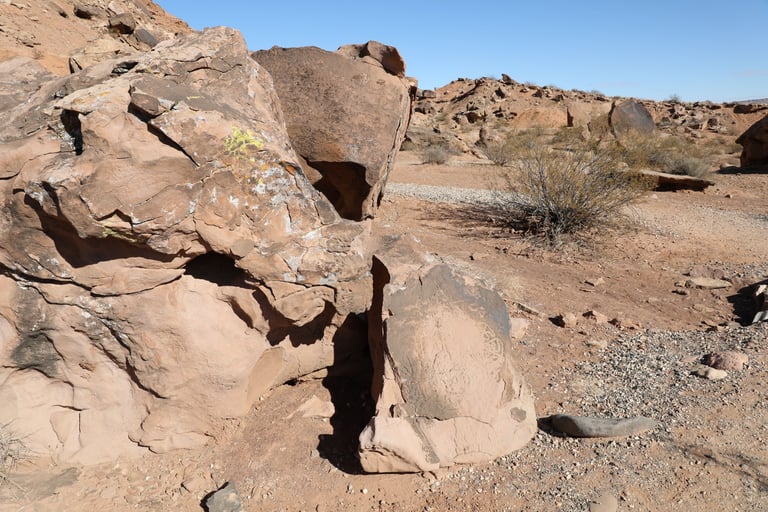

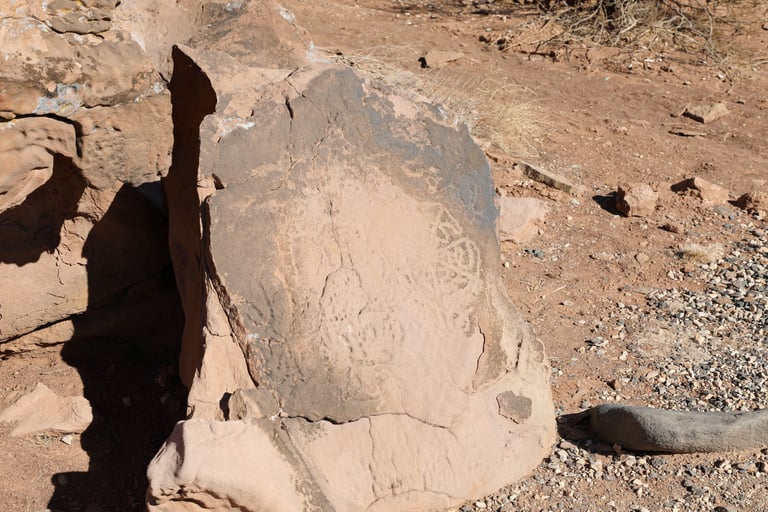

#13. The circle with spokes is much simpler than the Aztec calendar, but that's what it reminded me of.
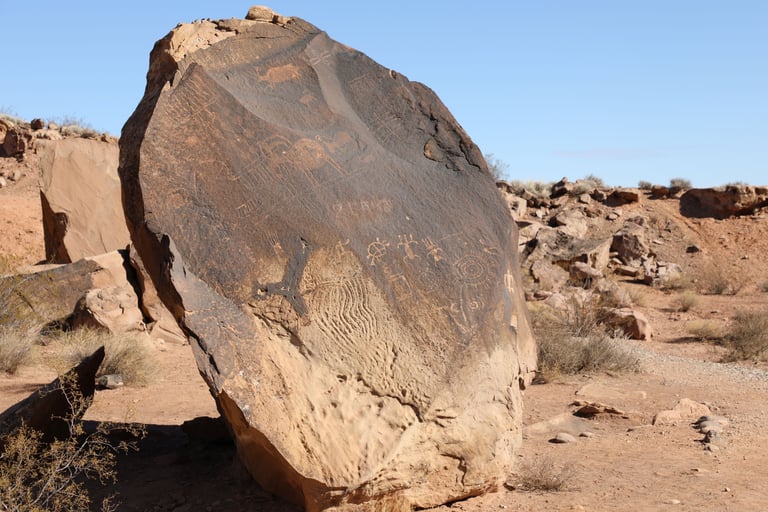

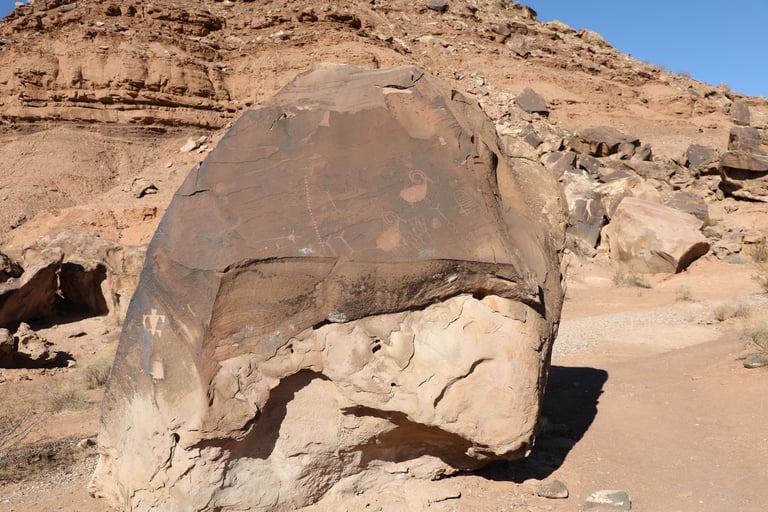

#14. There is a lot going on here. Slifer p. 145.
#13.
#12
#14.
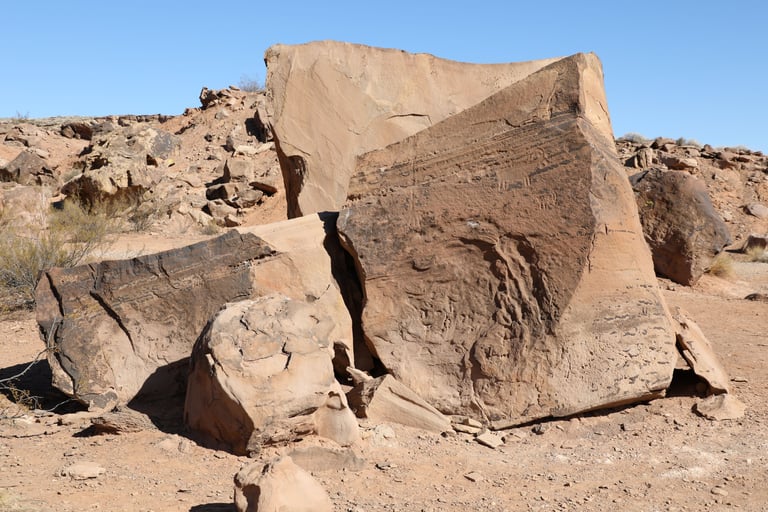

#15.
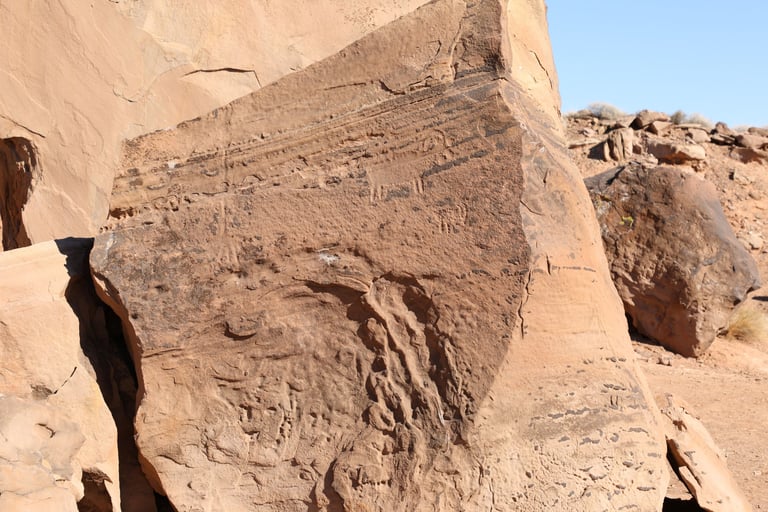

#15. Have the elements worn the top sheep smooth, or did the artist do that?
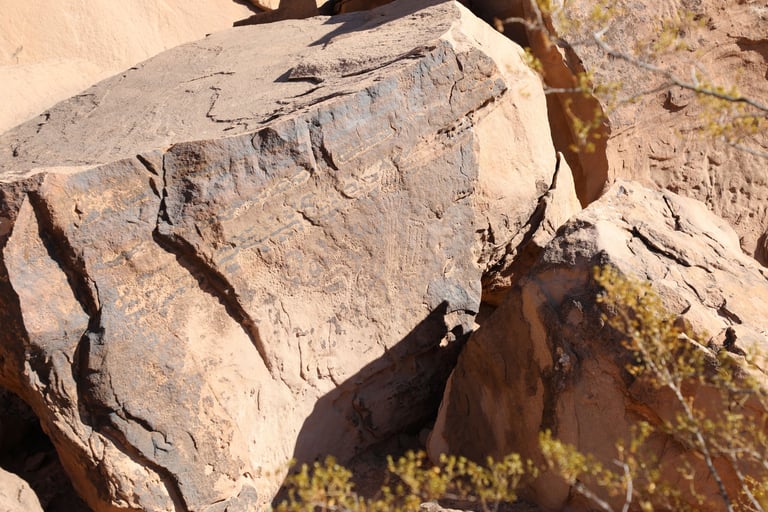

#15. Even deeply pecked petroglyphs are subject to the elements and time.
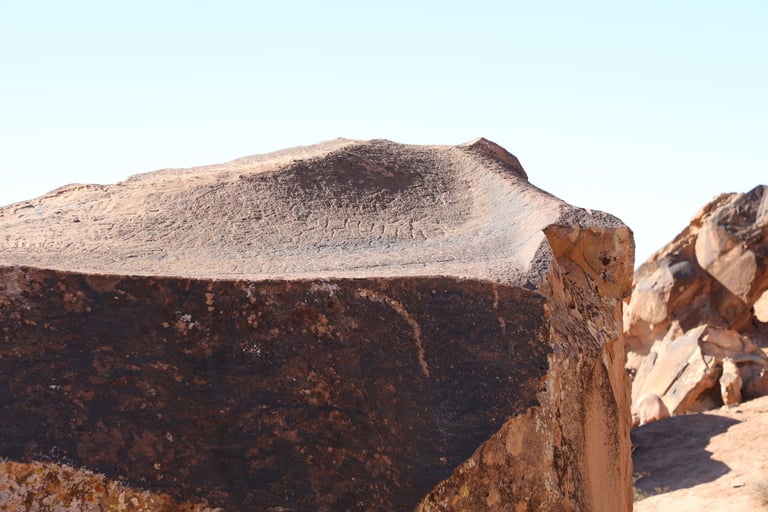

This is a terrible photo of some very interesting glyphs, but I couldn't get any higher without climbing on another boulder with glyphs on it.
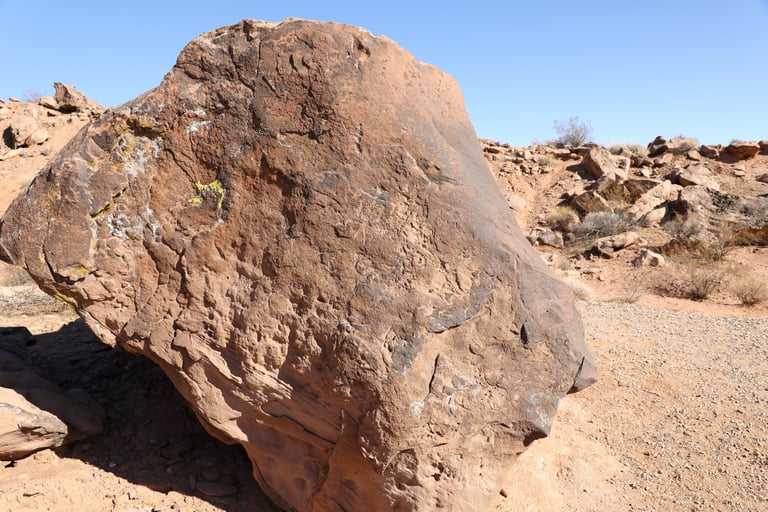

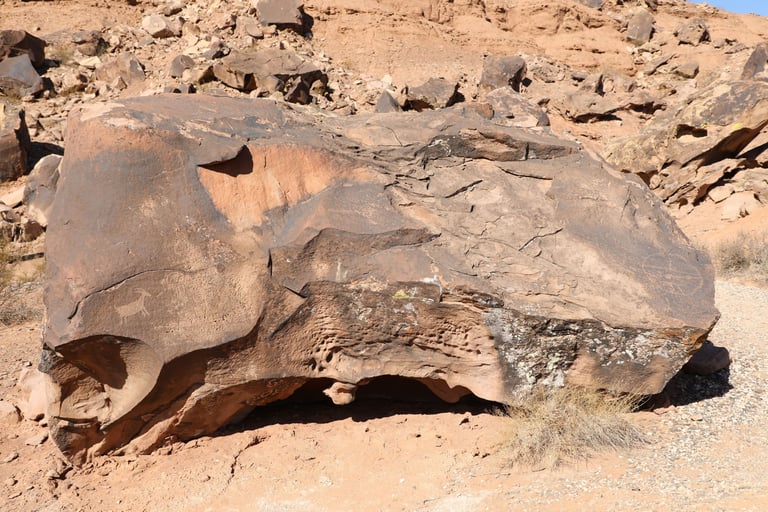

#16.
#16.
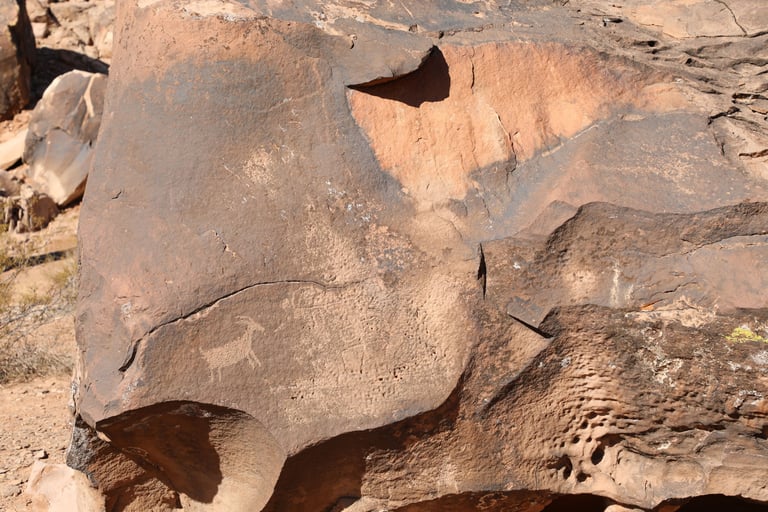

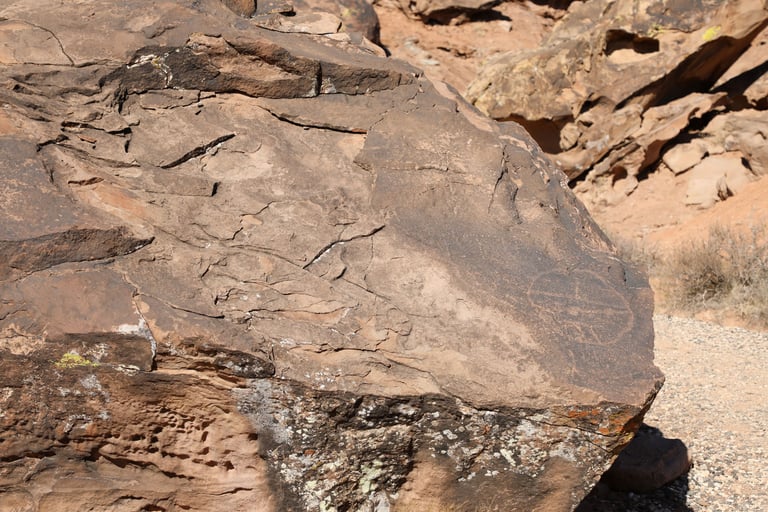

#16.
#16.
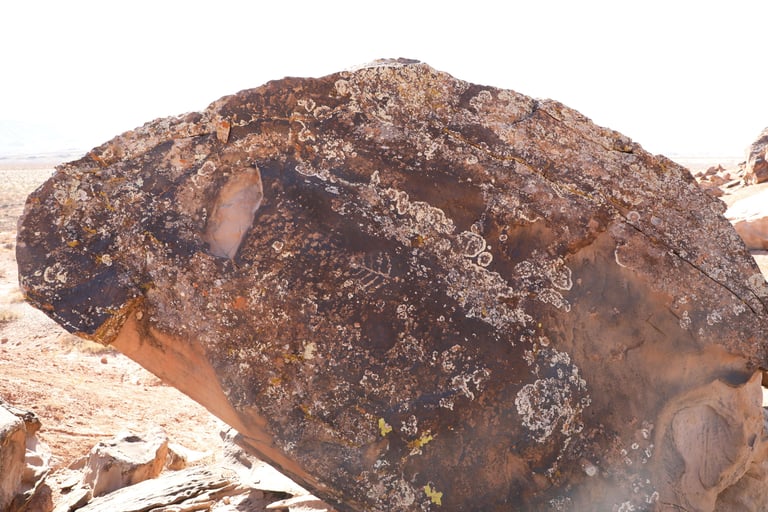

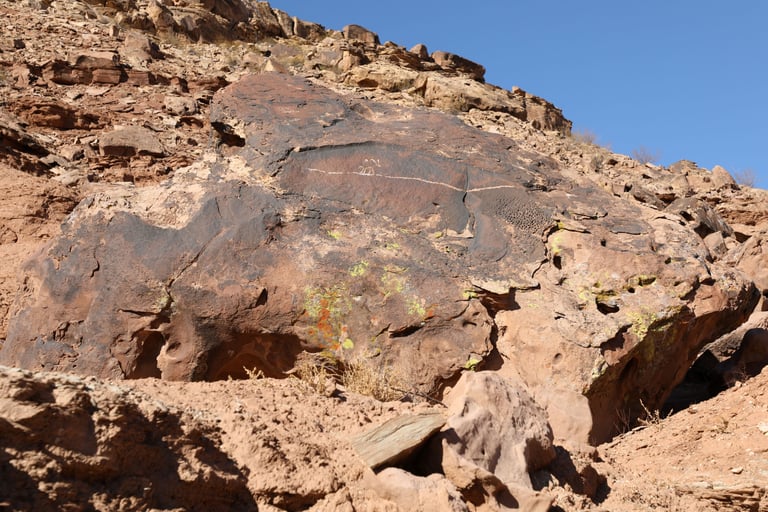

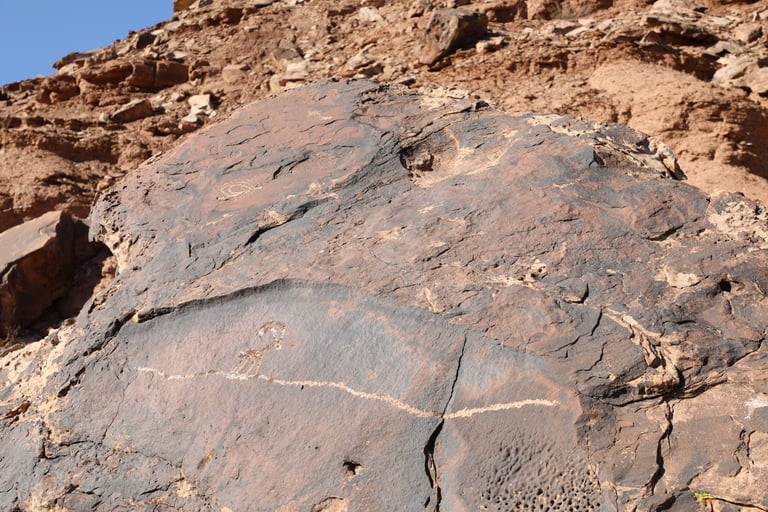

#18.
#18.
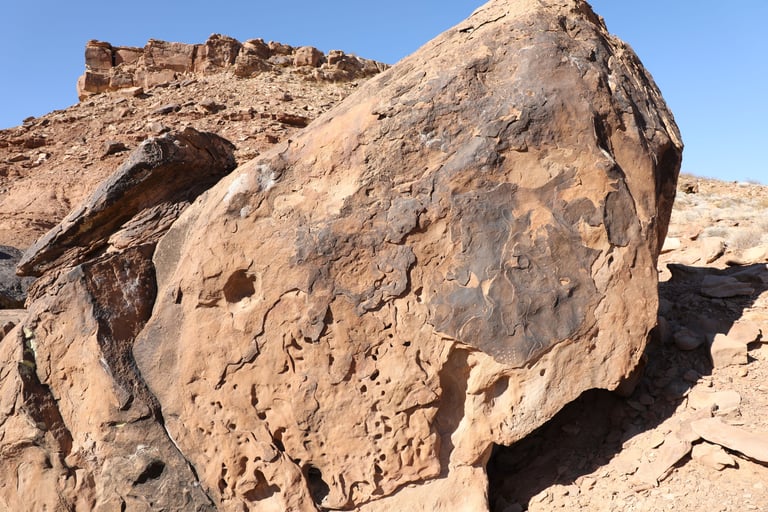

Squares or rectangles of dots are everywhere in Nine Mile Canyon. This is the only one we saw at this site.
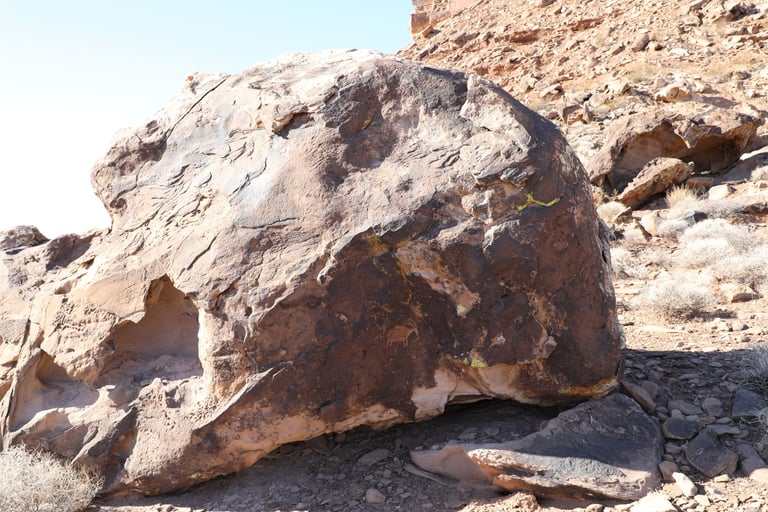

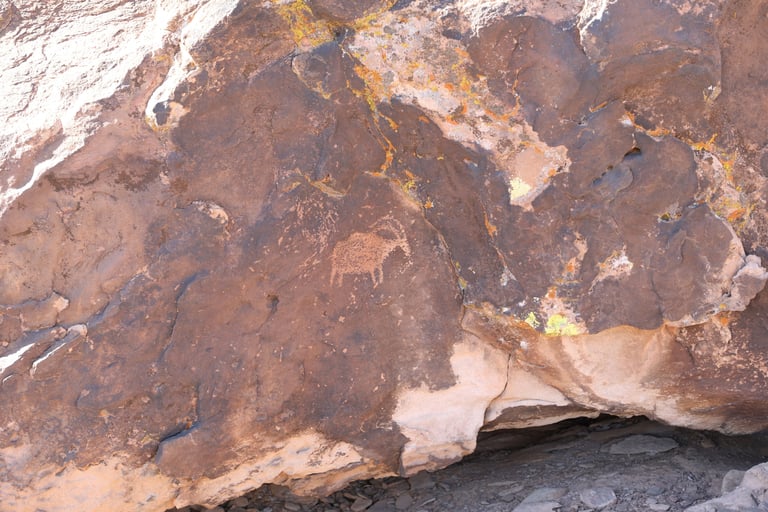

#20.
#20.
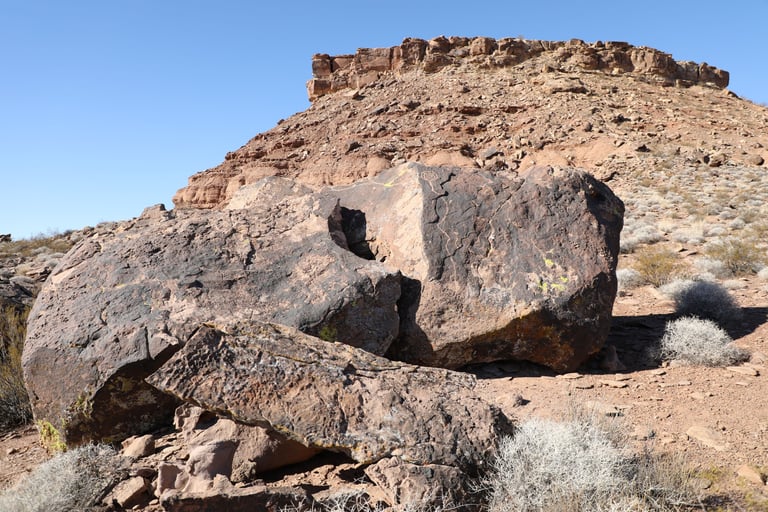

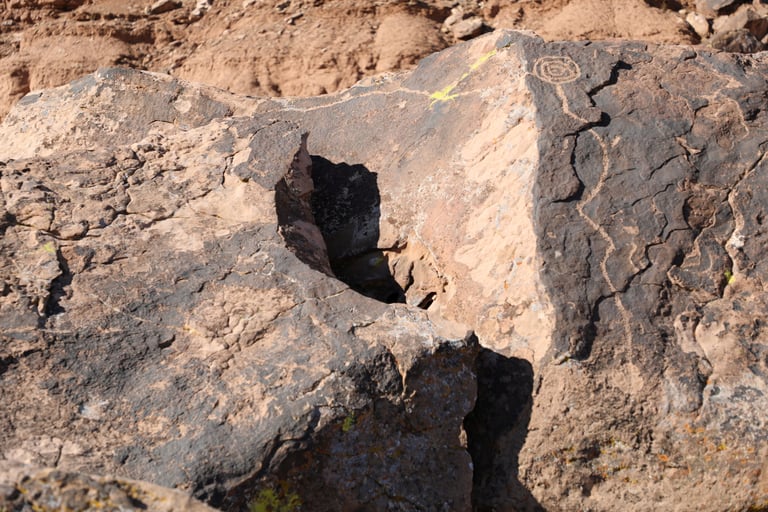

#21.
#21.
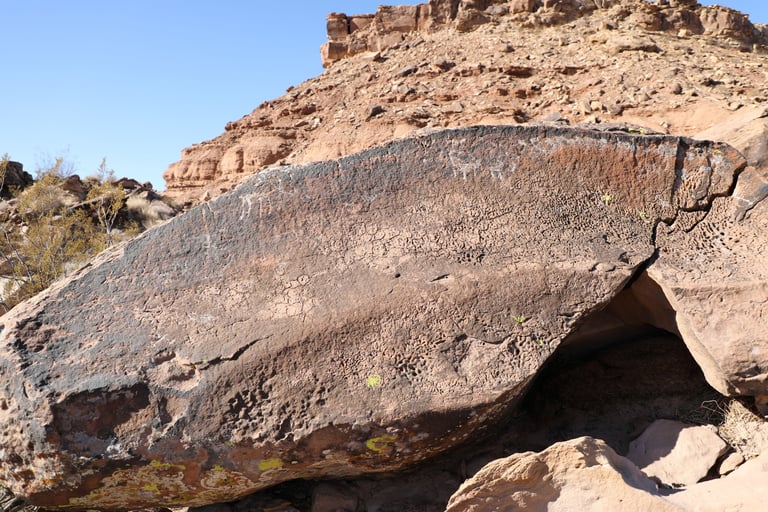

Another case of not being able to get high enough for a good photograph.
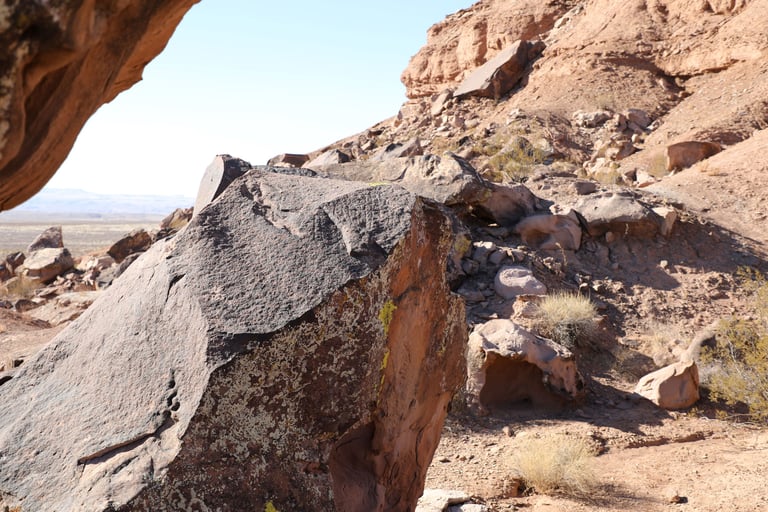

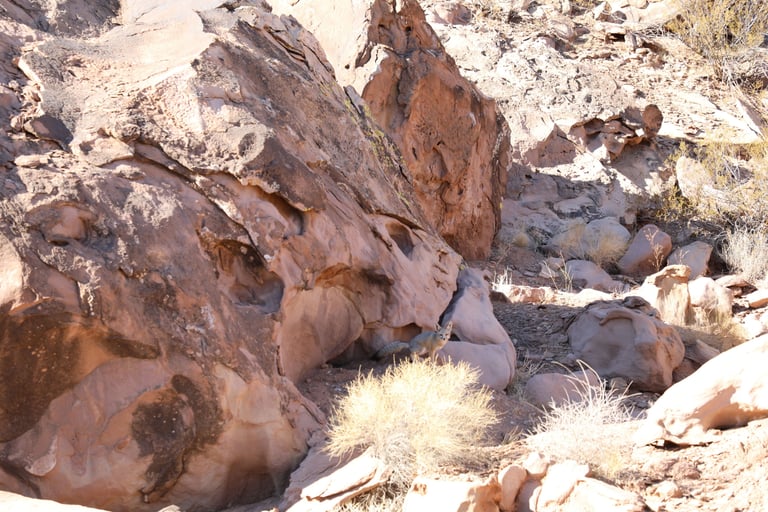

One of the locals was pretty interested in what we were doing.
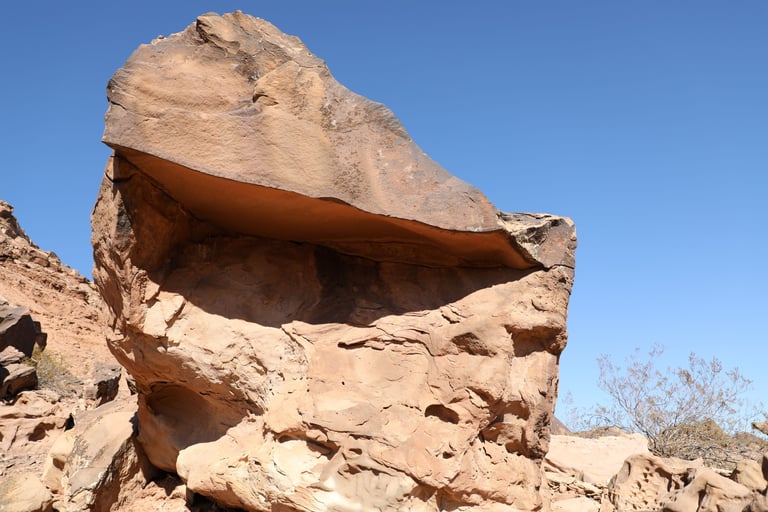

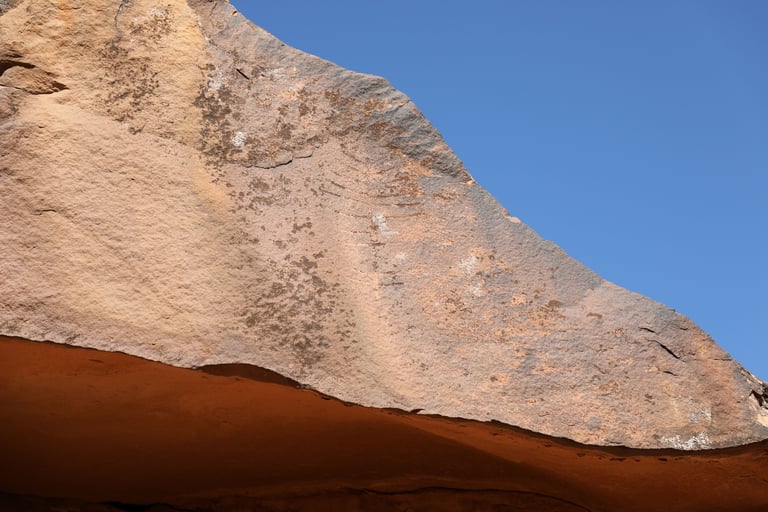

#24.
#24. There were several of these tree type glyphs.
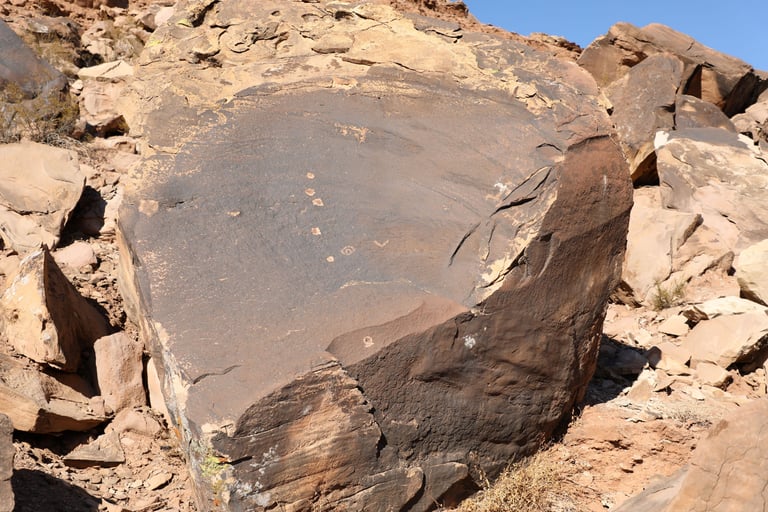

I was so focused on the chevron, circle, and bullet holes that I nearly didn't see the figures on the right.
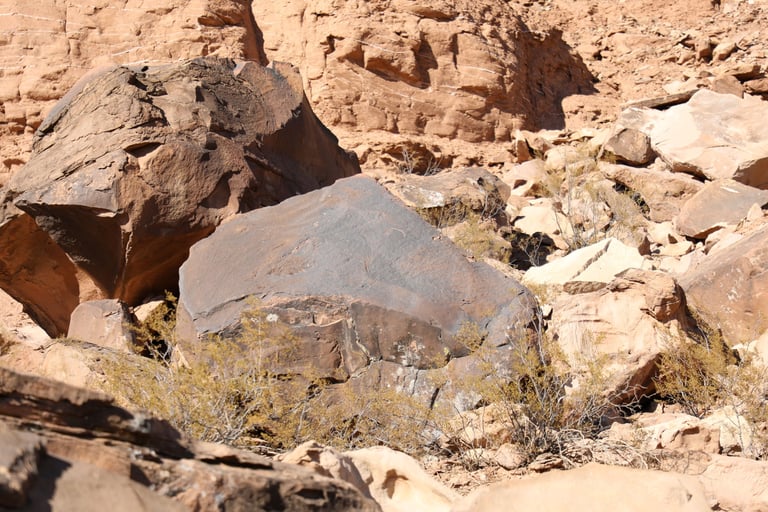

#25. This boulder is a fair distance up the hill, but the sun was right to see the arc. I put the telephoto lens on the camera and discovered there was a lot more on it.
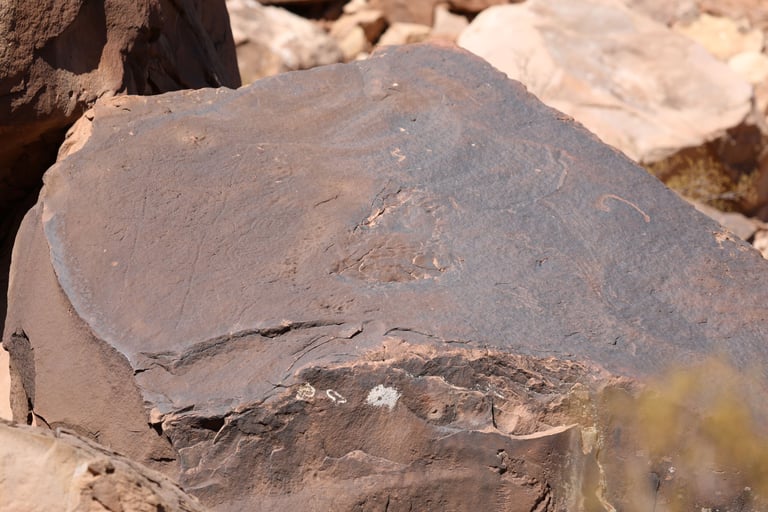

#25. I hiked up to it to get a closer photo of these very old-looking glyphs.
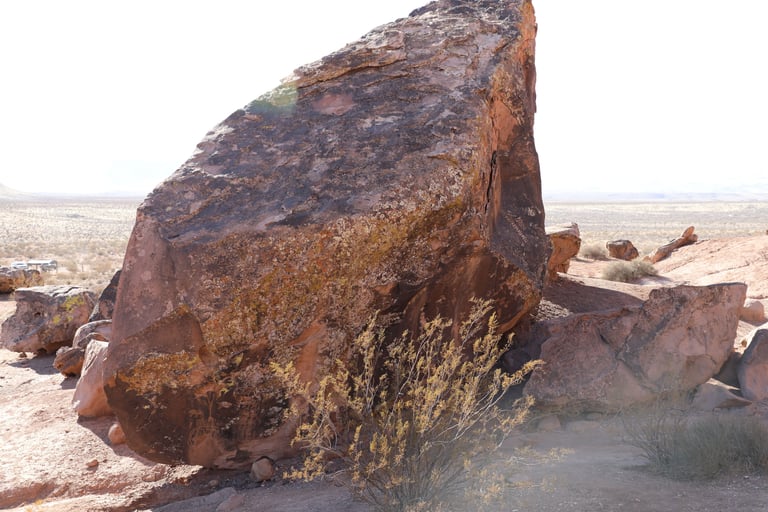

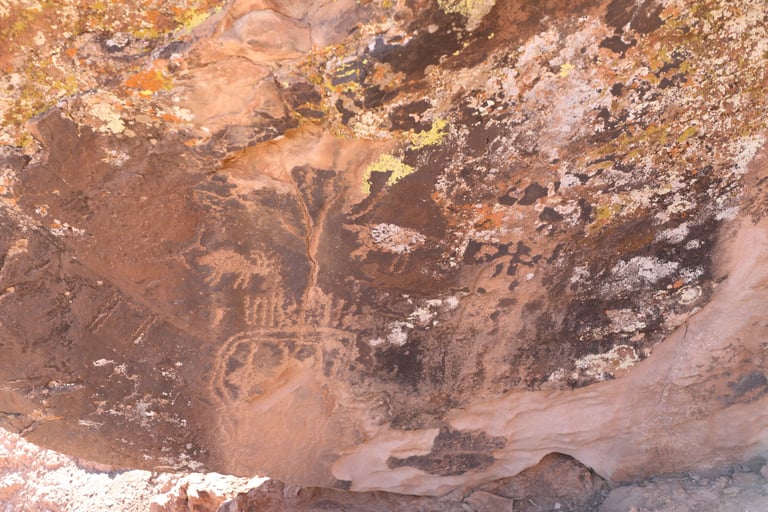

#26.
#26.
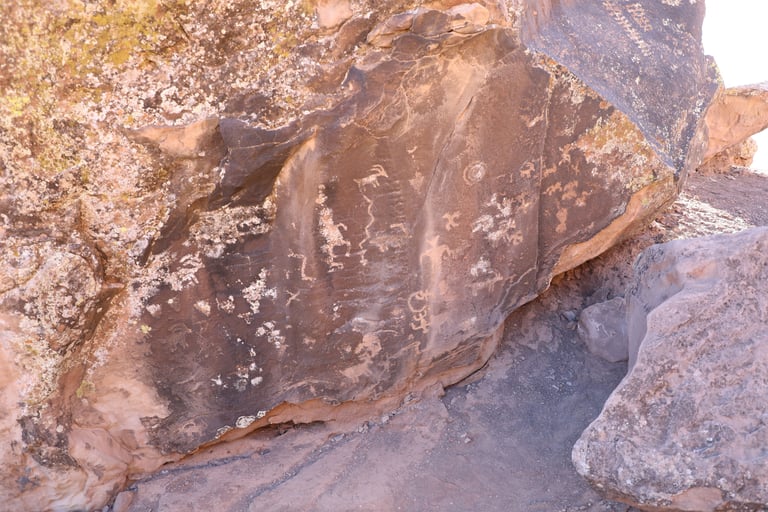

#26.
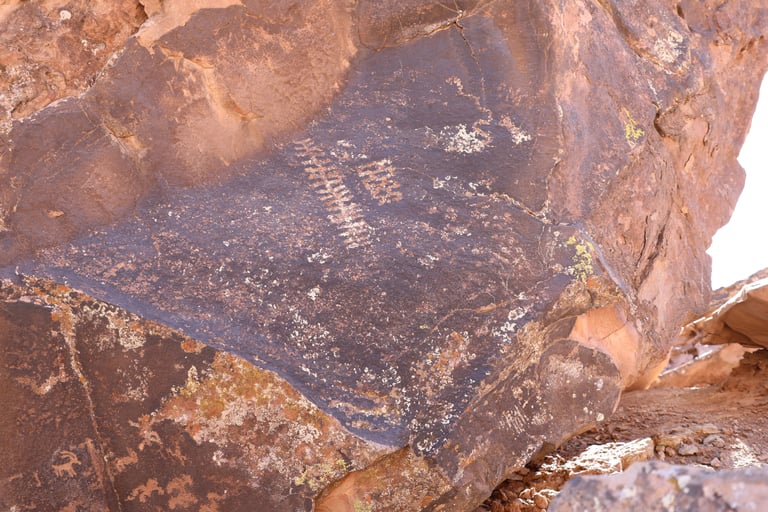

#26.
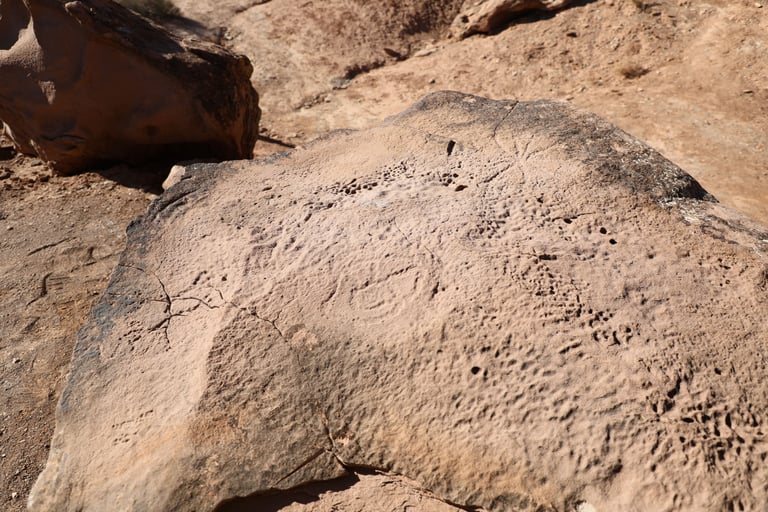

This site had several stars or asterisk-shaped glyphs. Many of the glyphs were very weathered as well.
